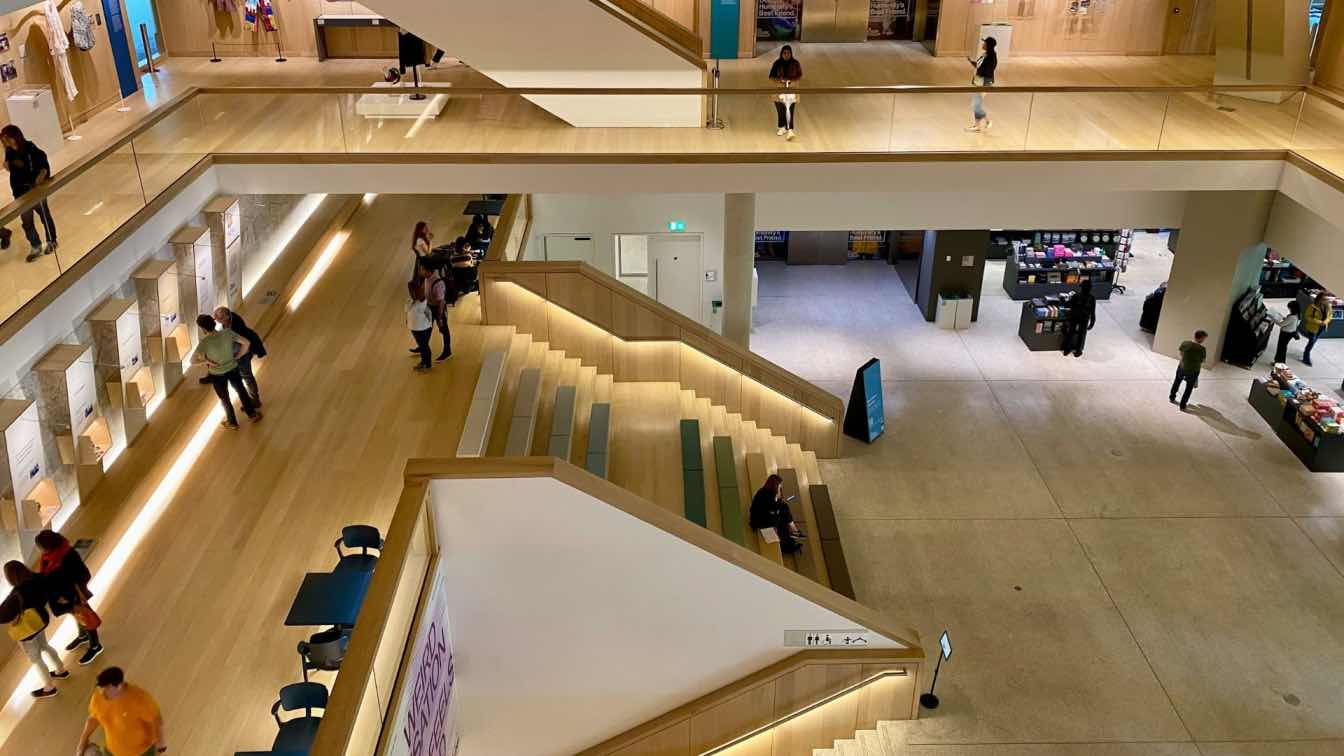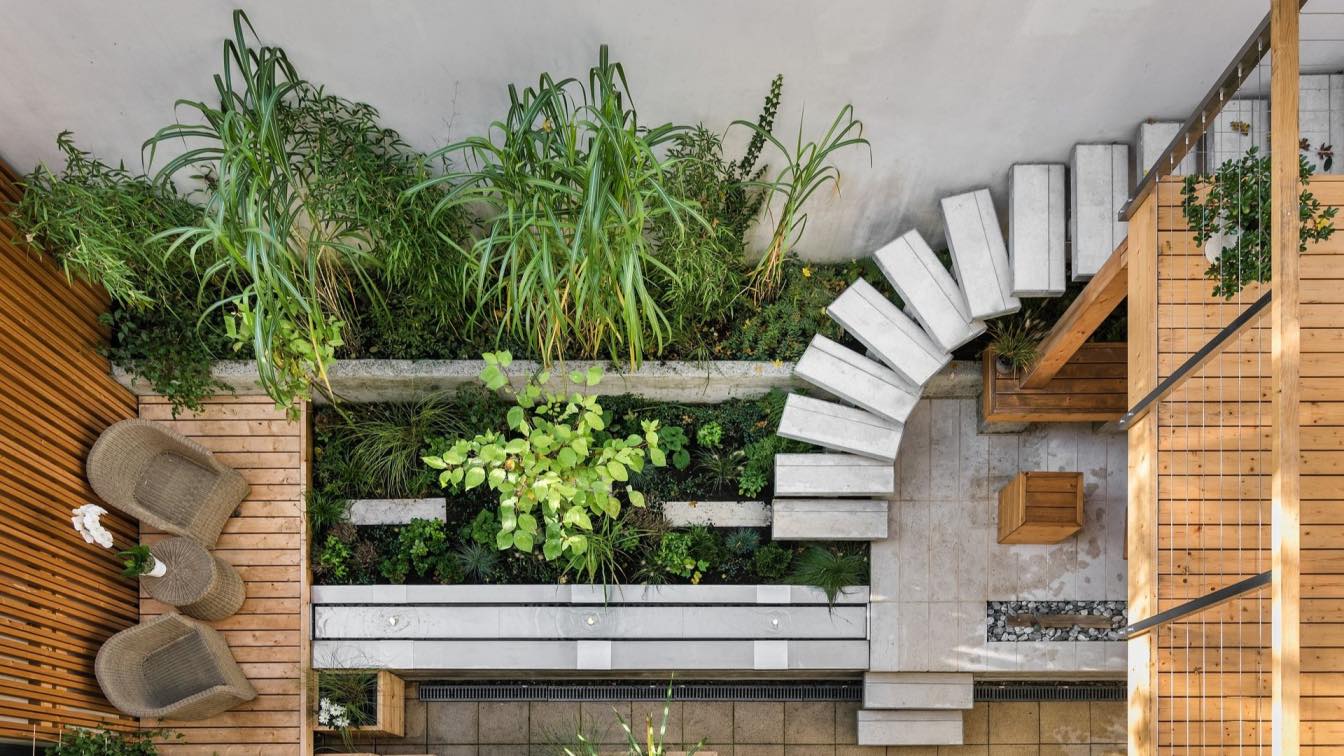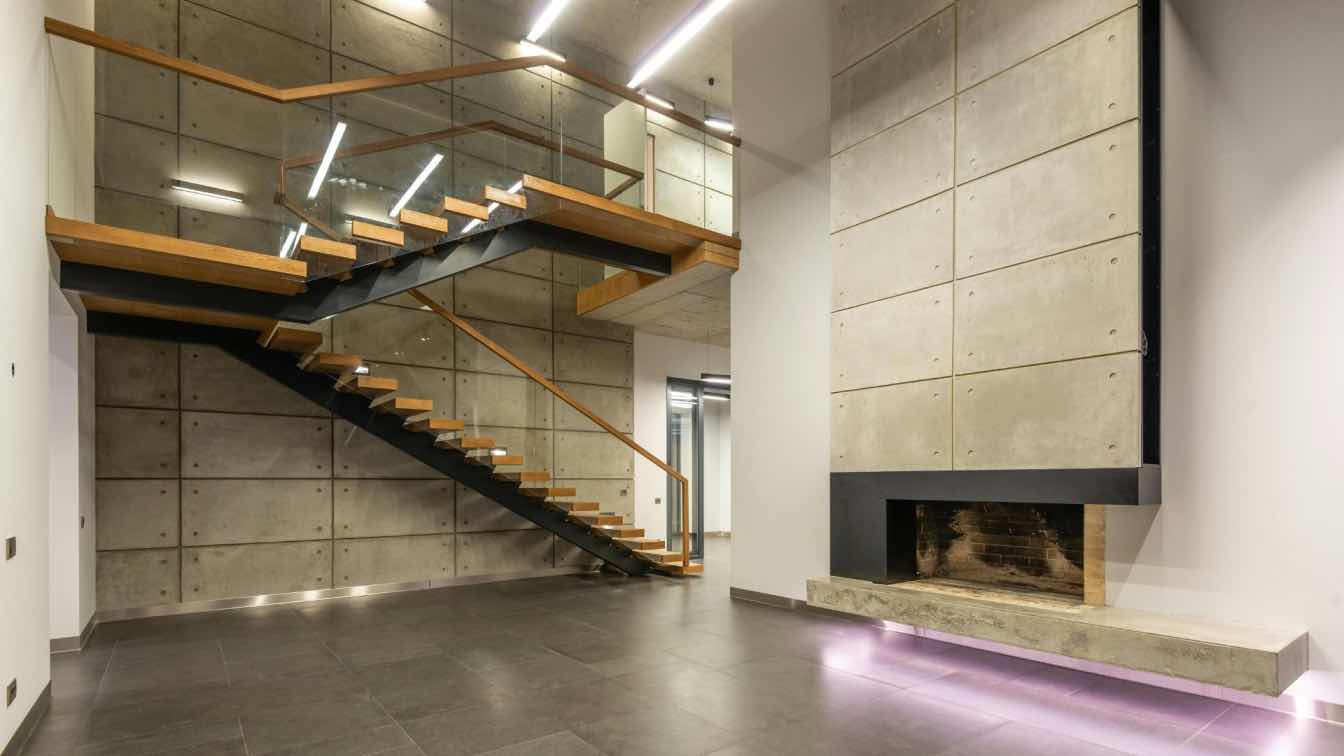Picture this: A morning light elegantly seeping through the windows, breathing life into dormant spaces. Meanwhile, as night falls, the cityscape transforms with architectural lighting, casting strategic glows on concrete, glass, and steel.
These lighting schemes showcase the profound impact of illumination in architecture.
Lighting can make or break a space's ambiance. It guides the eyes to accent areas, conveys emotions, and defines experiences within a space.
As such, lighting is an intricate combination of art and science. It harmonizes natural and artificial lights, adapts to the space's functional needs, and champions sustainability.
In this guide, we'll delve into the role of lighting in modern architecture. We will discuss why it matters, its types, and how to choose the right lighting fixtures for buildings.
Why Lighting Matters in Architecture
Lighting is more than just cool-looking light fixtures. It involves efficient designing within interior and exterior environments.
Lighting aims to create a visual interest with an excellent spatial experience while meeting technical and safety standards.
Thus, visually appealing architecture may look dull and unpolished with the wrong light fixtures. At the same time, improper construction and connections can present hazards like fire, electric shock, and physical injuries.
Whether illuminating commercial or residential spaces, here are the benefits of proper lighting arrangements:
Aesthetics
Lighting complements the architecture.
Today's lighting innovations enable architects, engineers, and lighting designers to maximize the building's appeal by emphasizing the space's colors, forms, and textures.
Ergonomics
American architect Louis Sullivan coined the phrase "form follows function." This axiom means a building's purpose must be its design's starting point.
In lighting design, this principle involves maximizing lighting effects to facilitate ergonomics and functionality, which addresses the inhabitants' needs first.
Thus, proper lighting design fosters spatial awareness that influences well-being. This awareness helps enhance movement and productivity.
Energy efficiency
Expert lighting designers know how to ensure energy efficiency by utilizing natural light, energy-efficient fixtures, and proper placements.
With the appropriate color, lumen value, shades, fittings, and sensors, lighting can significantly reduce energy bills and the inhabitants'carbon footprint.
Types of Lighting
The types of lighting include accent, ambient, decorative, and task. Mixing and matching these schemes is ideal for getting optimal lighting designs.
Accent
Accent lighting accentuates specific areas or objects within spaces. This arrangement draws attention to details, elevating the space's mood.
Accent lighting primarily emphasizes artwork, such as paintings in art galleries and museums, moldings, statues, and ornaments.
For interiors, indoor accent lighting includes track lights, slimline bar lights, under-cabinet lights, and tape and extrusion lights.
Meanwhile, exterior accent lighting includes uplights, wall sconces, and low-voltage landscape lighting to emphasize entryways, pathways, or landscapes.
Ambient
Ambient lighting, also called general lighting, is often a room's primary light source. It provides complete illumination that sets the tone of the space.
This lighting style also ensures a comfortable brightness so people can move around without complexities, making it ideal for bedrooms, dining rooms, and living rooms.
Ambient lighting is achieved through various fixtures like chandeliers, wall sconces, downlights, spotlights, floor lamps, ceiling lights, and post lanterns. It can also emanate from natural sources, such as windows and skylights.
Task
Task lighting typically uses fluorescent and incandescent lights to illuminate task surfaces like tables, providing visual comfort and enhancing productivity.
This lighting design is helpful for visual perceptions of tiny objects with low contrast. It also provides extra visibility for activities with ambient lighting, like cooking, reading, and working.
Other examples of task lighting fixtures include:
- Table lamps
- Guidance lights
- Under-cabinet lights
- Bollard lights
- Downlights
- Flexible luminaires
Decorative
Decorative lighting, as the name suggests, is for aesthetic purposes. This creative scheme infuses style while creating ambiance, adding embellishments, and meeting the required level of visual illumination.
Additionally, it lets people express their style. It usually combines ambient and task lighting to provide various lighting effects.
Examples of decorative lighting fixtures include:
- Staircase lighting
- Table lighting fixtures
- Wall sconces
- Fairy lights
- Stake lights
- Lawn lights
- Chandeliers
- Pendant lights
- Flush mount lights
Architectural Lighting Forms
Architectural lighting is the efficient use of accent, ambient, task, and decorative lighting. It involves the following forms:
Soffit
Soffits are home exterior features covering the undersides of the eaves, rooves, or porch overhangs.
Hence, soffit lighting is a recessed lighting arrangement installed into the soffits. It's also a form of downlighting, which means they illuminate downward toward the ground.
Many homeowners and commercial spaces use soffit lighting to emphasize architectural features, increase visual appeal, and strengthen home security.
As a security feature, soffit lighting helps reduce break-ins and loitering.
Cove
Cove lighting is an indirect illumination embedded in ledges and recesses. It conceals the lighting fixture to provide even, diffused light.
Mounted to ceilings or walls, it combines accent and ambient lighting to create modern, sleek designs. These styles are ideal for commercial and residential applications.
Other cove lighting fixtures include:
- Linear or track cover lighting - Low-voltage lighting fixtures for counters, bars, kitchen islands, and other task light areas.
- LED - Energy-efficient options because of their low electricity requirement. The bulbs also have different colors for decorative purposes.
Daylighting
Daylighting, or natural lighting, is the controlled design of natural light, direct sunlight, or diffused skylight to save energy.
Daylighting is coupled with a daylight-responsive lighting system that reduces electric consumption.
At the same time, the fenestration, or location of the windows, is designed to avoid direct sunlight on task surfaces and into occupants' eyes. Appropriate glare remediation devices like blinds and shades are also available.
This architectural lighting facilitates a visually comfortable, energy-efficient, and productive environment for occupants.
Valance
Valence lighting involves concealed lighting fixtures in horizontal shields like glass, metal, or wood valence mounted above windows or high on the walls.
In this architectural lighting form, the illumination is indirect, bounces upward and downward, and can minimize glare and shadows.
How To Choose the Right Lighting Fixtures
The right lighting fixtures ensure visual comfort, aesthetics, ergonomics, and energy efficiency.
Whether you're a homeowner, commercial space owner, architect, engineer, or lighting designer, here are tips for picking lighting fixtures that embody modern architecture:
Determine the required light in specific areas
The first step involves determining the lighting fixtures you require in specific areas. This process involves understanding the types of lighting.
Once you understand the lighting concepts, answer the following questions to define each room's purpose:
- What tasks will you do in these spaces?
- Do these spaces need high- or low-intensity light?
- Should the light be direct or indirect?
- Do you plan to create a color scheme and add embellishments for decorative purposes?
Consider each room's color temperature
Whether natural or artificial, the color temperature of lighting fixtures impacts the perception of hues within spaces.
Measured in Kelvin (K) degrees, color temperature determines whether lights appear warm, cool, cozy, or crisp.
Warm color temperatures are around 2700 to 3000K, creating a welcoming and relaxed ambiance.
Conversely, cool color temperatures are 4000 to 6000K, providing bright and energizing environments.
Choose fixtures that complement the building's interior and exterior
Finally, ensure the lighting fixtures complement your building's interior and exterior designs. They must blend with the existing decoration and furniture.
Also, don't forget the existing controls and switches. Try to find areas with minimal buttons and knobs if possible.
Lighting suppliers like Visual Comfort & Co. are at the forefront of blending functionality and aesthetic appeal. For example, their range of outdoor wall lanterns ensures well-lit exteriors and adds a layer of sophistication, which could align seamlessly with your building's exterior design.
Master the Art and Science of Lighting
Mastering the art and science of lighting is imperative not just for architects, engineers, and lighting designers but also for homeowners and commercial space owners.
This mastery transcends beyond fixture selection, as it involves understanding how light shapes emotions, environments, and experiences.
Such a holistic approach becomes more crucial in modern architecture, where the fusion of innovation and sustainability redefines the future of living and working spaces.





